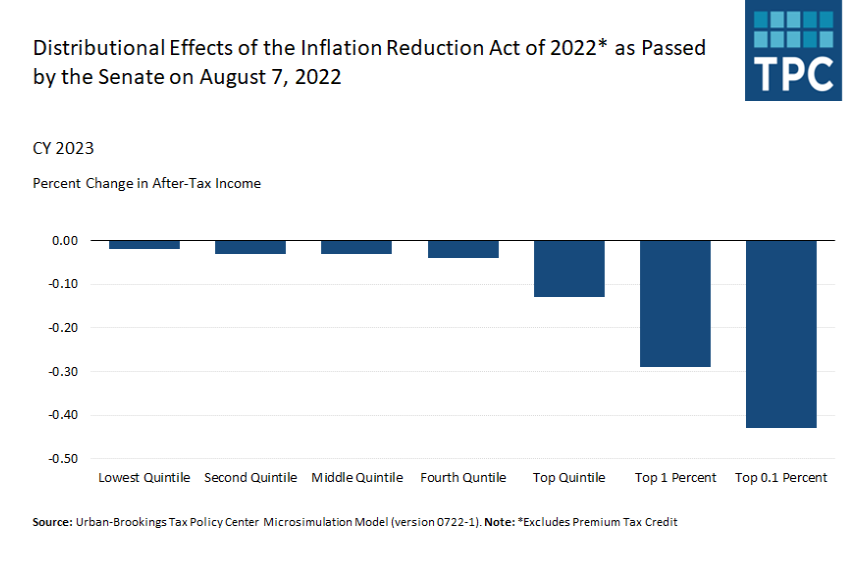The Tax Reality of NIL Income
In the past, NCAA rules prohibited college athletes from profiting from their name, image, and likeness (NIL). But in 2021, that changed. As a student-athlete, you now have the opportunity to earn NIL income, opening the door to exciting endorsement deals and profitable partnerships. Just remember — Uncle Sam wants his cut of these profits, too.
Before you rush into signing any NIL deals, it’s important to know the tax implications of this kind of income. Knowing what to expect ahead of time will prepare you for the next tax year and eliminate any unpleasant surprises when filing your tax return.
What is NIL income?
We’ll start off with the basics. NIL is a form of endorsement income where businesses or brands offer student athletes compensation for the use of their name, image, or likeness. This can include many things, from making appearances and signing autographs to social media partnerships and merchandise deals.
How you are paid for your NIL can vary greatly, meaning every collegiate athlete could have a unique tax situation. This can make it difficult to provide a definitive “NIL tax guide,” but we’ve put together some tax tips for college athletes you might find useful.
Do college athletes have to pay taxes on NIL income?
Yes, NIL income is taxable income. Different types of taxable NIL compensation include:
- Monetary compensation – This includes payments made to you for endorsements, appearances, sponsorships, social media partnerships, autograph signings, etc.
- Non-cash compensation – This one may come as a surprise to many college sports athletes. Any “freebies” you receive for endorsement deals are also taxable. This includes things like free cars, trips, apparel, athletic equipment, and even cryptocurrency.
How is NIL income taxed?
For taxation purposes, the Internal Revenue Service (IRS) considers most student-athletes to be independent contractors and NIL income to be self-employment income.
If you received NIL compensation from a company exceeding $600 in value (cash or non-cash payments), the company should send you an annual form 1099-NEC. This 1099 is an informational form that details how much you were paid and the value of any goods you received from the company. Depending on how many NIL activities you participated in, you may receive more than one 1099. If you received payments through a third-party platform such as PayPal you may receive Form 1099-K.
The information provided on the 1099 will help you fill out your income tax return. Even if you don’t receive a 1099 form, make sure you still keep track of any NIL income and report it to the IRS when filing taxes. Good bookkeeping will save you tons of time, stress, and hassle during tax filing season.
Types of NIL taxes explained
As a college athlete earning NIL income, you’ll be responsible for paying federal income tax on income that exceeds the standard deduction ($12,950 for single filers in 2022) and potentially state income taxes as well.
Any state tax you owe will depend on what state you reside in and what state(s) you earn income in. State tax rates vary, and some states have no income tax at all. Sometimes you can receive a tax credit in one state for taxes paid in another state. Because of all these variations, it’s always good to brush up on your local tax laws, as well as your athletic department’s NIL policy, to ensure you’re adequately prepared.
In addition to income tax, your net earnings from self-employment income are subject to self-employment tax (if you earn at least $400 a year). As a self-employed individual, you won’t have any tax withheld for Medicare or Social Security — instead, you’ll pay those taxes as self-employment taxes. The self-employment tax rate is 15.3 percent.
How to report NIL income on your tax return and pay self-employment taxes
When filing your income tax return, you can report your NIL income and any related expenses using Schedule C — this is where your 1099s and personal records will come in handy. Use your 1099s to record your NIL income on Schedule C and write off any qualifying business expenses as tax deductions. Qualifying expenses can include costs such as travel and meal expenses, internet and phone expenses, mileage, or advertising expenses.
The IRS also typically requires self-employed workers to estimate their income and self-employment taxes and pay them on a quarterly basis. Due dates for these quarterly estimated tax payments are as follows:
- First payments (income earned Jan. 1 to March 31) are due April 15.
- Second payments (income earned April 1 to May 31) are due June 15.
- Third payments (income earned June 1 to Aug. 31) are due Sept. 15.
- Fourth payments (income earned Sept. 1 to Dec. 31) are due Jan. 15.
If any of the above dates fall on a holiday or weekend, payments are due on the following business day.
When you e-file with TaxAct®, we can help you set up Electronic Funds Withdrawal for your estimated tax payments to schedule your payments ahead of time. If you qualify for a federal tax refund, you can even apply all or part of your refund to next year’s taxes if you choose.
Depending on how lucrative and complicated your NIL deals turn out to be, it could be beneficial to organize a formal business for yourself, such as an LLC. Doing so can limit your personal liability as you expand your personal brand.
Be prepared for next tax season
While NIL income is a big win for college athletes, the tax implications can be confusing and pose some unique challenges for students. Before jumping into a big endorsement contract, make sure you understand how the deal is structured and how your income will be taxed to ensure you’re sufficiently prepared to handle next year’s tax liability.






